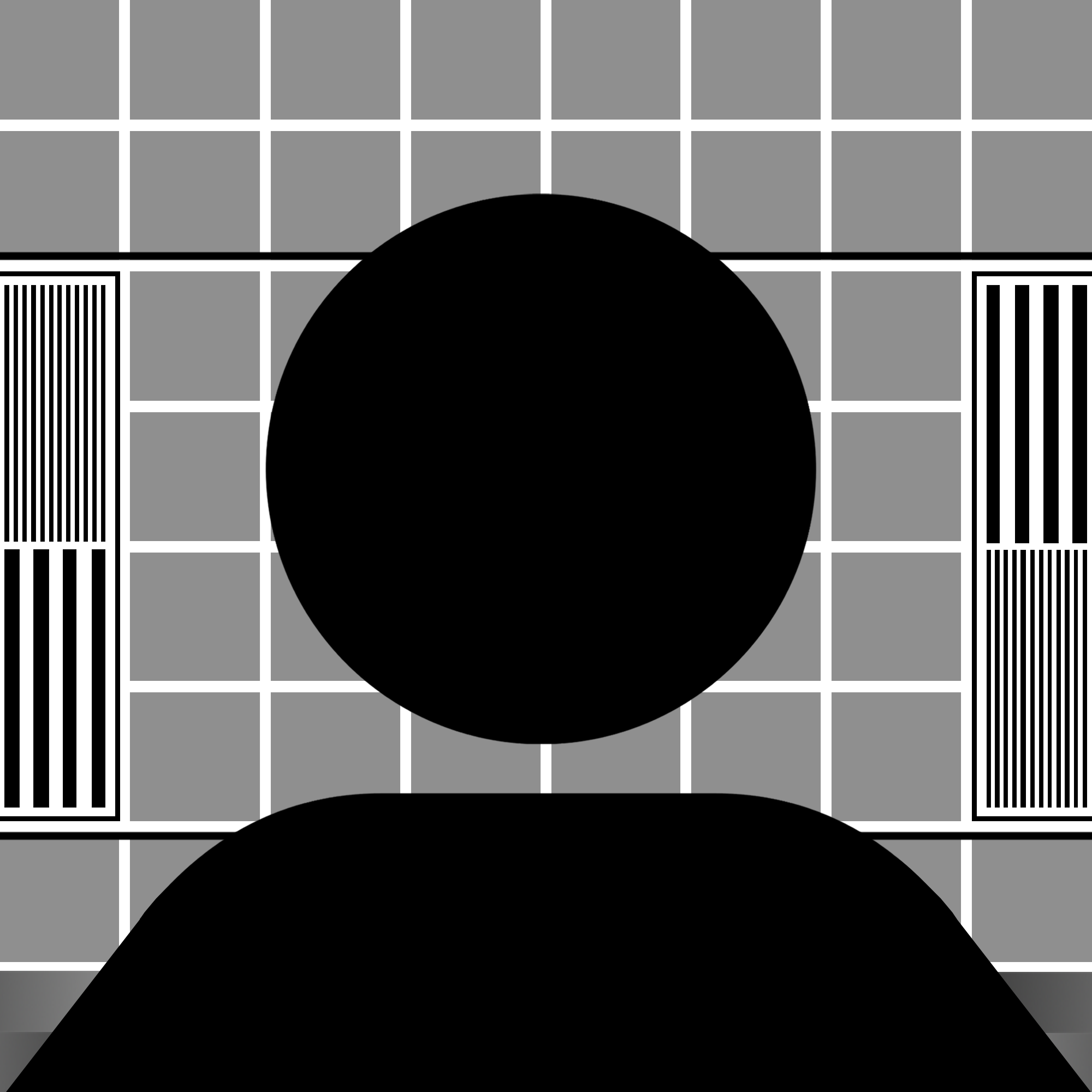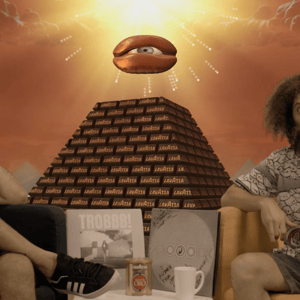Red Stripe Make Sessions x House of Billiam/ Illum Sphere, Kutmah, Josey Rebelle, Mischa Mafia & Boiler Room DJs
This event will be take placefrom 7pm - 11pm, Monday 17th September
RSVP: [email protected]
EVENT URL: http://on.fb.me/TKj83j
Hey guys, the time has come around for yet another Red Stripe Make Session and this time around we're getting all involved in that Fashion Week hype, by pulling together one of our favourite independent UK clothing brands and some incredbile DJs for one helluva collaboration.
We've found ourselved a loft space, measured every square inch of the DJs and put together a plan of action for how the night will pan out. Tom Bird of House of Billiam will be there on the night finishing the fine details of the jackets, and to celebrate it all some of our most heroic DJ pals will be playing some records too. On the night you'll get a prime slice of Illum Sphere, Kutmah, Josey Rebelle and Mischa Mafia. It's all a bit of fun really, but you know when those guys get close to any kind of amplification it turns into a bit of a serious situation.
Below is an interview with Tom, to give you all a firm and well-rounded introduction to what House of Billiam is about.

Boiler Room: Who are you, where do you live and what is it you do?
Tom Bird: My name is Tom Bird, I live in Hackney. I run a company called House of Billiam, we are a streetwear tailors or something like that, a clothing brand maybe... kind of difficult to define... I run a company that makes clothes in the UK.
BR: OK. Is there a UK focus or a British sensibility that runs through House of Billiam then?
TB: Yes, the brand is pretty much British in terms of the origin of the product, the jackets are made in Hackney either at our manufacturers or here in the studio, the wool comes from the UK or Italy, the ribbing (cuffs, collars and waistbands) are knitted in Barnsley or some other Northern town beginning with a B. Everything is sourced here and we make it here.
BR: And the style?
TB: In terms of the style of what we do, it is very much a juxtaposition of British tailoring and silhouette onto classic American streetwear shapes. We basically take classic streetwear and try to make it not fit like a sack of spuds... and you can pick all the fabrics and get it made to measure which again harks back to British tailoring tradition.
BR: When I think of bespoke tailoring, I think of something quite exclusive, maybe something a little different to the styles of clothing I like. Yet, you put emphasis on 'streetwear', and that seems much more approachable. Is there a deliberate decision to make clothes that fit well more accessible by combining it with a streetwear style?
TB: Combining streetwear with the British tradition of tailoring is quite a leveller. If you wear and get suits tailored then you can understand what we do through that concept, thus making streetwear accessible to an audience who do not really wear it. And if you usually wear the shapes of garments we sell you are able to access getting something made to measure through a garment you have more affiliation with.
BR: How did that come about, though?
TB: It came about for a number of reasons. When I first started I was pretty broke so I would buy enough fabric to make 1 or 2 jackets and once those sold I would use the money to buy more fabric. It meant that basically every single jacket was unique and I kind of liked that idea. I made stuff to measure because, as someone who is 5"6', the clothes I wanted didn't fit how I wanted. It only takes a few adaptations to a garment to make it fit and to be honest, streetwear, like tailoring, should give you a silhouette that looks good.
BR: Is being a certain size / shape yourself something that inspired you to get into tailoring?I What is your background?
TB: I was definitely inspired by my shape, nothing ever fitted me in the arm, always too long. I was making clothes whilst I worked in music PR on evenings and weekends, then I worked in banking while still doing jackets on the weekends. Then, after about 8 months, it became evident that I should try and do it full time so I did, 3 years later I am still doing that. It just happened to be the first thing I decided to stick to. I went from never sewing before to running this company in about 1 year, pretty amazing what you can learn from youtube, books on amazon and a lot of research.
BR: So you have no formal training? Your autodidactic? Is that the word... you know, self-taught?
TB: Yes, I thought it would be a nice idea to learn some practical skills. I learnt how to knit and then I learnt to sew, sewing was definitely quicker and I kept dropping stitches so it seemed like the better one to learn to a decent level. I learnt to pattern cut from a book and if I did not know how to do something I either bodged it until it worked or I found a video on youtube, you can learn a lot from youtube. I get a bit OCD on learning stuff if I am interested so I spent quite a while reading around the subject which always helped. Due to my lack of experience with regard to a degree in fashion, I ended up being turned down for any kind of internship which was pretty annoying, at the same time however it meant that I had to do it myself which probably helped and hindered in equal amounts. I guess I don't really know how other people learned how to sew or cut patterns so I don't feel like I missed out on anything.
BR: So, the Make Sessions with Boiler Room and Red Stripe... what is it you're going to be doing with them? I hear rumours of live jacket making!
TB: We are making a jacket while lots of people watch dancing to music. I do my thing, Boiler Room do what they do and everyone drinks cans of Red Stripe.
BR: What sort of jacket? Indulge us with some of the little things that are going to make this special... any tricks up your sleeve or will it be a classic House of Billiam type jacket?
TB: We have kept it pretty clean, added a few little touches. It has a split back panel which is lined in the classic red and white of Red Stripe, we have custom ribbing knitted specifically and hopefully I will get the photograph lining printed in time... we even have a custom pocket lining.
BR: Nice! Talking more specifically about the influences / inspiration you bring into designing / making your clothing. Can you be specific about the processes you go through personally when creating something new? Is there a basic starting point that you then get to pastiche various ideas and influences?
TB: It is difficult to put all of it together. Traditions in British tailoring and classic streetwear are really the main influences but every detail has some relevance when it comes to the design of a garment. Because people can pick and choose all the colours and fabrics of a jacket the most important thing is to make sure that they cannot make mistakes, so when it comes to design you have to think about each detail, its relevance to that specific garment and if you took it away from the garment would that garment lose the character that makes it a classic piece of streetwear? We can use any fabric on it and the garment maintains its integrity as a homage to the classic style on which it is based.
BR: How about House of Billiam, is there a certain ideology you adhere to?
TB: The brand itself and the philosophy of it is more about the removal of barriers between customer and maker. With high street, even with streetwear the relationship between the wearer and the designer and maker is really lost in some kind of strange illusion advertising and marketing create to make you think things about the brand that aren't true, with House of Billiam, you can come to the studio, see all whole workings of it all.
BR: Thanks, Tom. See you at Make Session 004!
TB: Cheers...
Artists






